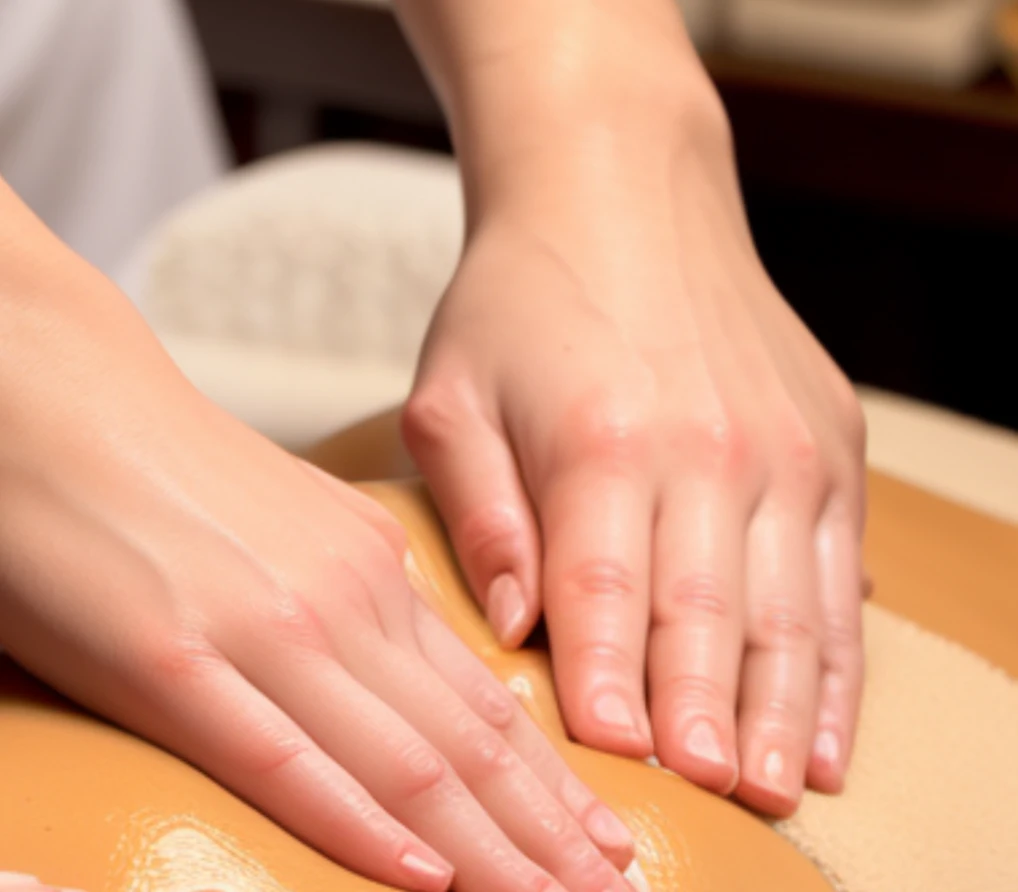Charlie Haswell, National Physiotherapist TMC
Essential Tips for Massage Therapists
As a massage therapist, your hands and wrists are your most valuable tools. They allow you to deliver healing touch and relief to your customers, but they’re also vulnerable to strain and injury. Wrist and hand issues are common among massage therapists, but with the right prevention strategies, you can keep yourself healthy and pain-free for years to come. In this blog, we’ll explore some essential tips for preventing wrist and hand issues in the massage therapy profession.
- Maintain Proper Body Mechanics: One of the most important factors in preventing wrist and hand issues is maintaining proper body mechanics during massage sessions. This includes keeping your wrists in a neutral position, avoiding excessive bending or twisting, and using your body weight rather than relying solely on your hands and wrists for pressure. Regularly check in with your posture and technique to ensure you’re not putting unnecessary strain on your joints.
- Warm Up Before Sessions: Just like athletes warm up before a game, massage therapists should warm up their hands and wrists before each session. Gentle stretches and exercises can help increase blood flow to the muscles and joints, reducing the risk of strain and injury. Consider incorporating wrist circles, finger stretches, and hand squeezes into your pre-session routine.
- Use Proper Equipment (and use the equipment properly): Adjust the massage table to the right height so as to reduce wrist and hand strain. Additionally, using tools such as the T-Bar can help reduce the strain on your hands and wrists when applying pressure to customers.
- Make the most of your Breaks: It’s essential to listen to your body and take breaks throughout the day to rest and recharge. Breaks between sessions can be used to stretch your hands and wrists, hydrate, and give your muscles a chance to recover. Prioritise self-care to prevent burnout and reduce the risk of injury.
- Practice Self-Massage: Just as you provide healing touch to your customers, practicing self-massage can help alleviate tension and prevent wrist and hand issues. Incorporate self-massage techniques into your daily routine, focusing on the muscles and tendons of the hands, wrists, and forearms. This can help improve circulation, reduce inflammation, and promote overall hand health.
- Stay Hydrated: Proper hydration is essential for maintaining healthy muscles and joints, including those in your hands and wrists. Make sure to drink plenty of water throughout the day to keep your tissues hydrated and flexible. Dehydration can lead to stiffness and cramping, increasing the risk of injury during massage sessions.
- Seek Professional Support: If you’re experiencing persistent pain or discomfort in your hands or wrists, don’t hesitate to seek professional support. Ignoring symptoms of injury can lead to more severe problems down the line, so prioritise your health and well-being.
- Diversify Your Techniques: Using the best massage techniques can help prevent overuse injuries and reduce strain on your hands and wrists. This can also keep your practice fresh and exciting for both you and your customers. Use the specific forearm and elbow techniques only to keep the massage effective, consistent and to reduce risk to injury. If you feel you need further training then ask your management team.
- Practice Mindfulness: Finally, practicing mindfulness can help you stay present and attuned to your body during massage sessions. Pay attention to any signs of discomfort or tension in your hands and wrists, and adjust your technique accordingly. Incorporating mindfulness techniques such as deep breathing or meditation can also help reduce stress and tension, further supporting hand and wrist health.
In conclusion, preventing wrist and hand issues is essential for massage therapists to maintain a long and successful career.
By prioritising proper body mechanics, warm-up routines, ergonomic equipment, regular breaks, self-care practices, hydration, professional support, technique diversification, and mindfulness, you can protect your hands and wrists from strain and injury.
Remember, taking care of yourself is just as important as taking care of your customer Incorporate these tips into your daily routine to ensure a lifetime of pain-free massage therapy practice.


